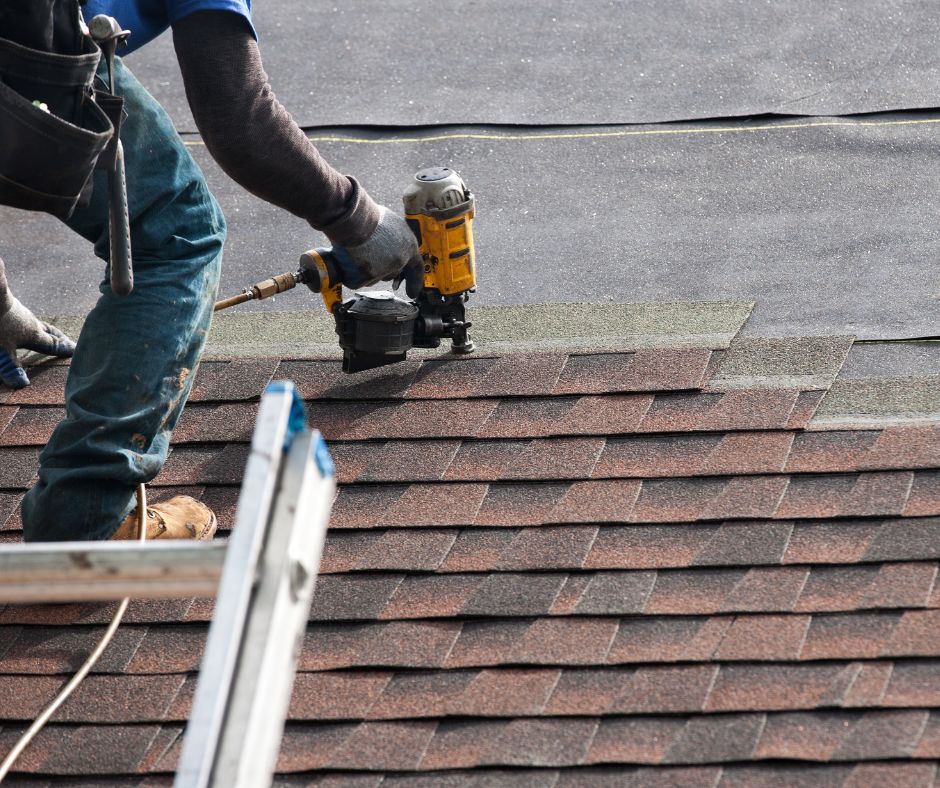What Is the Best Underlayment for Roofing: A Comprehensive Guide
Looking to find the best underlayment for your roofing project? Look no further! In this article, our team of Athens roofing professionals walk you through the top choices, so you can make an informed decision. Whether you’re considering asphalt felt, synthetic, rubberized asphalt, self-adhesive membrane, or insulated underlayment, we’ve got you covered. Discover the benefits and features of each option, and gain the knowledge you need to ensure a successful roofing installation. Let’s dive in and find the perfect underlayment for your project.
Asphalt Felt Underlayment
Asphalt felt underlayment is a popular choice due to its numerous benefits. Firstly, it acts as a waterproof barrier, preventing water from seeping into the roofing structure and causing damage.
Additionally, it helps to regulate temperature and reduce energy costs by providing insulation. Asphalt felt underlayment also offers protection against wind-driven rain and ice dams, ensuring the longevity of the roof. However, it is important to note that there are some drawbacks to using asphalt felt underlayment.
It can be susceptible to tearing during installation or if not properly maintained. Additionally, it may not be as durable as other underlayment options, requiring replacement sooner. Despite these drawbacks, asphalt felt underlayment remains a popular choice due to its affordability and effectiveness.
Synthetic Underlayment
Synthetic underlayment is made from materials such as polypropylene or polyester, which offer a range of benefits over traditional asphalt felt underlayment. Here are some advantages of synthetic underlayment:
- Exceptional durability: Synthetic underlayment is designed to withstand harsh weather conditions, including strong winds and heavy rain. It is less likely to tear or wear out over time compared to asphalt felt underlayment.
- Moisture resistance: Synthetic underlayment is highly resistant to water, preventing moisture from seeping into your roof and causing damage. This helps to extend the lifespan of your roof.
- Lightweight and easy to install: Synthetic underlayment is much lighter than asphalt felt, making it easier to handle and install. It also rolls out smoothly and lays flat, reducing the risk of wrinkles or bubbles.
Despite its many benefits, synthetic underlayment does have some disadvantages to consider:
- Higher cost: Synthetic underlayment is generally more expensive than asphalt felt, which can impact your roofing budget.
- Limited availability: Not all roofing contractors may offer synthetic underlayment options, so it’s important to find a reputable supplier or contractor who can provide this type of underlayment.
- UV susceptibility: Some types of synthetic underlayment may be more prone to UV damage, so it’s crucial to choose a high-quality product that is designed to resist sun exposure.
Rubberized Asphalt Underlayment
Rubberized asphalt underlayment is made from a combination of asphalt and rubber, which provides superior protection against water infiltration. The rubberized asphalt underlayment is also highly resistant to tears and punctures, making it a reliable choice for areas prone to heavy foot traffic during installation.
Additionally, its flexibility allows for easy installation on different types of roofing materials, including asphalt shingles, metal, and tile. The main advantage of rubberized asphalt underlayment is its ability to create a watertight seal, preventing leaks and water damage to the roof structure.
However, one of the disadvantages is that it can be more expensive compared to other types of underlayment. Despite this, the benefits of its waterproofing properties and durability make it a popular choice for homeowners and roofing professionals alike.
Self-Adhesive Membrane Underlayment
If you want a reliable and easy-to-install option, consider using self-adhesive membrane underlayment for its convenience and durability. This type of underlayment offers several advantages over other options:
- Waterproof: Self-adhesive membrane underlayment provides excellent waterproofing properties, protecting your roof from leaks and water damage.
- Easy installation: The self-adhesive backing eliminates the need for additional adhesives or fasteners, making the installation process quick and straightforward.
- Versatility: Self-adhesive membrane underlayment can be used on various roofing materials, including shingles, metal, and tiles.
However, there are a few cons to consider:
- Cost: Self-adhesive membrane underlayment tends to be more expensive than traditional options.
- Limited breathability: This type of underlayment may not allow for proper ventilation, which can lead to moisture buildup.
- Skill required: While the installation is relatively easy, proper technique and attention to detail are crucial for ensuring a watertight seal.
When installing self-adhesive membrane underlayment, make sure to clean the roof surface thoroughly, remove any debris or nails, and overlap the seams by at least six inches to ensure a secure and watertight seal.
Insulated Underlayment
One key benefit of using insulated underlayment is its ability to enhance energy efficiency in your roofing system. Insulated underlayment provides an added layer of insulation between your roof and the rest of your home, helping to minimize heat loss and keep your energy costs down.
This is especially important in regions with extreme temperatures, as it can help to regulate the temperature inside your home and reduce the strain on your heating and cooling systems. In addition to its energy-saving benefits, insulated underlayment also provides soundproofing properties, reducing the amount of noise that enters your home from the outside.
Overall, choosing an insulated underlayment can provide you with energy efficient options and a more comfortable living environment.
